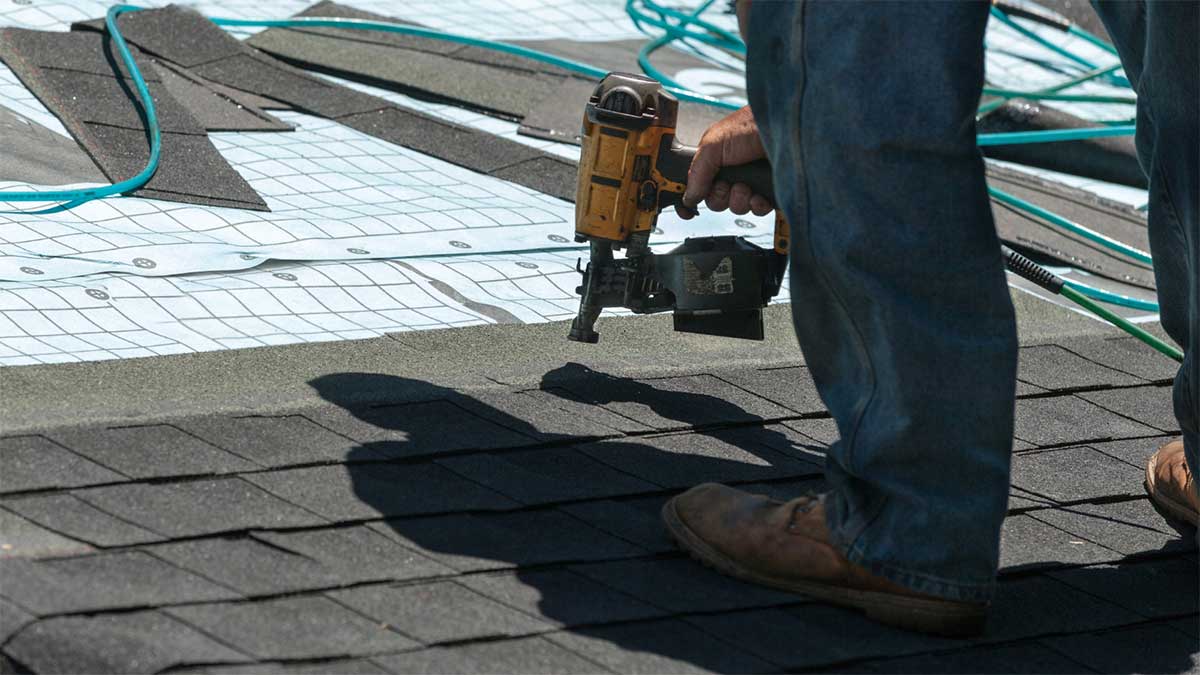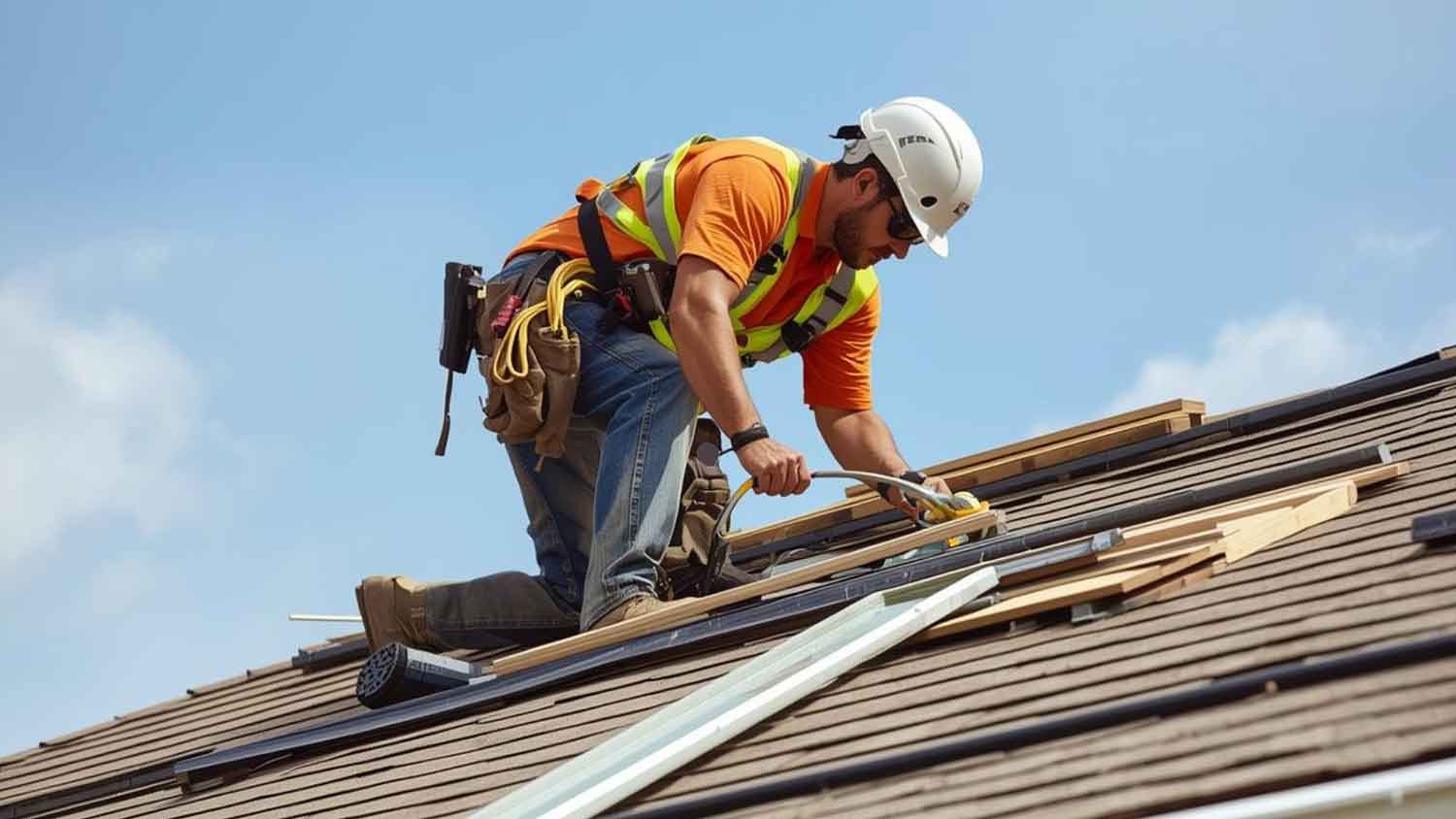Leaks, missing shingles, and sagging sections often signal that your roof has reached its limit. If you’re dealing with rising repair bills or noticing your energy costs creeping up, you’re not alone. Many California homeowners face the same decision whether they’d keep patching things up or go for a complete roof replacement.
But replacing a roof isn’t simple. Between confusing material choices, unpredictable labor costs, and local regulations, the process can feel overwhelming. Add in California’s varied climate and regional permit requirements, and it gets even trickier.
That’s why knowing what to expect, financially and logistically, matters.
In this guide, you’ll learn exactly what roof replacement involves in California, what factors affect its cost, and how to make wise decisions. We’ll also share practical tips to help you plan and avoid common setbacks.
Whether you’re in Los Angeles, San Diego, or the Bay Area, this guide will keep you informed and in control.
What Roof Replacement in California Means
Roof replacement in California involves removing the existing roofing material down to the sheathing, inspecting the structure, and installing a new roofing system that meets the state’s building and fire safety codes.
This process includes installing underlayment, flashing, and proper ventilation along with the final material, whether that’s asphalt shingles, clay tiles, or metal panels.
In California, roof replacement must also account for local requirements like wildfire zone restrictions, seismic stability, and energy efficiency mandates under Title 24.
That means your project may need specific materials or insulation values depending on your location. This isn’t just about installing a new surface but also about a compliance-driven upgrade that ensures your home is protected and up to code.
Key Factors That Affect California Roof Replacement Costs

Roof replacement costs in California can vary widely depending on several project-specific details. Each home presents its own set of challenges, and no two roofs are exactly alike. So, what drives these price differences?
Roofing Material Selection and Pricing
The type of roofing material you choose has a major impact on both upfront and long-term costs. Asphalt shingles remain the most affordable option, while tile, metal, and synthetic materials tend to be priced higher due to their durability, fire resistance, and appearance. Each comes with different labor requirements and performance traits, which also influence the final price.
Material lifespan, manufacturer warranties, and even local climate considerations play a role in your selection. For example, homes in hotter areas might benefit more from reflective materials that reduce heat absorption. Always factor in how your choice will affect energy efficiency, maintenance needs, and compliance with regional codes.
Roof Size and Complexity Considerations
Larger roofs naturally cost more due to the increased materials and labor. But size isn’t the only factor. The slope of your roof, the number of levels, and structural features like skylights or chimneys also increase complexity and affect pricing.
Roofs with multiple facets or steep pitches require more safety measures, extra labor hours, and often more material waste. Even access to the property can impact the overall project timeline and cost, especially if the crew needs special equipment or time-consuming setups.
Regional Labor Costs Across California
Labor costs in California vary significantly by location. Coastal cities, especially in the Bay Area or Los Angeles, tend to have higher contractor rates compared to inland or rural regions. These differences are usually tied to local living expenses and market demand.
You’ll also want to consider the level of expertise required. Roofers in high-cost regions may charge more, but they often have better experience with city permits and roof inspection standards. That matters when ensuring the work meets code and passes final inspections without issue.
Permits and Additional Expenses
Every city or county in California has its permitting process for roof replacement. Some areas calculate fees based on square footage, while others charge a flat rate. Depending on your location, permits could add a few hundred to over a thousand dollars to your total cost.
Beyond permits, there are hidden costs to prepare for. Tear-off and disposal of old materials, wood decking repairs, upgraded insulation, or code-required underlayment can all drive the price higher. Budgeting for these extras can prevent surprise charges midway through the project.
Essential Tips for Successful Roof Replacement in California
Planning a roof replacement involves more than just choosing a material and hiring a contractor. The decisions you make at each step can directly affect quality, cost, and timelines.
Here’s what to focus on to make the process smoother and more efficient:
Choosing the Right Contractor and Verification Process
Start by looking for a licensed and insured roofing contractor with proven experience in your area. Verify their credentials through the Contractors State License Board and ask for local references. This helps confirm that they follow proper procedures and are familiar with regional code requirements.
Don’t just go with the lowest bid. Review their written estimates carefully, including material specs, warranties, and timelines. A strong contractor relationship reduces project delays and protects you if problems arise later. Ask about certifications from roofing manufacturers to ensure they meet installation standards.
Best Timing and Seasonal Considerations
In California, weather plays a big role in roof replacement scheduling. Spring and fall tend to offer the best balance of mild weather and contractor availability. Summer brings high demand, while winter, although quieter, can be unpredictable with rain or cold snaps.
Timing also affects pricing. You might find more competitive rates during off-peak months when contractors look to fill their schedules. Regardless of season, always check forecasts and make sure your chosen window leaves enough buffer for unexpected delays.
California Building Code and Fire Safety Compliance
California enforces strict building codes, especially in regions prone to wildfires or earthquakes. Your new roof must meet fire safety standards, particularly in high-risk zones, which means using Class A fire-rated materials and following precise installation guidelines.
Energy efficiency rules also apply. Title 24 requirements may dictate material reflectivity or attic insulation upgrades. Make sure your contractor understands the current codes and includes all necessary details in the scope of work to avoid delays during inspections.
Preparing Your Home and Managing the Project
Before work begins, prepare your home inside and out. Clear access points, move vehicles, and protect landscaping. Inside, secure fragile items since hammering and foot traffic on the roof can cause vibrations. Staying organized from day one helps avoid interruptions.
Work with a reliable general contractor who communicates clearly and manages the timeline effectively. Ask for regular updates and clarify responsibilities like cleanup, debris removal, and material handling. Taking the lead on preparation and project coordination will save time and reduce stress during the build.
Key Takeaway Guide for California Roof Replacement
Replacing a roof in California involves more than selecting materials and hiring help. It’s a mix of planning, budget awareness, and code compliance. Each choice, from contractor to timing, directly impacts the project’s outcome and cost.
Costs shift depending on your roof’s size, layout, location, and material. Labor rates and local permit rules vary, so homeowners need to research their area carefully. Always plan for potential extras like structural repairs or fire-resistant upgrades to avoid surprises.
A well-managed roof replacement starts with clarity. Know what you’re paying for, get everything in writing, and stay involved throughout the job. When done right, the investment protects your home, keeps it compliant, and adds long-term value.



